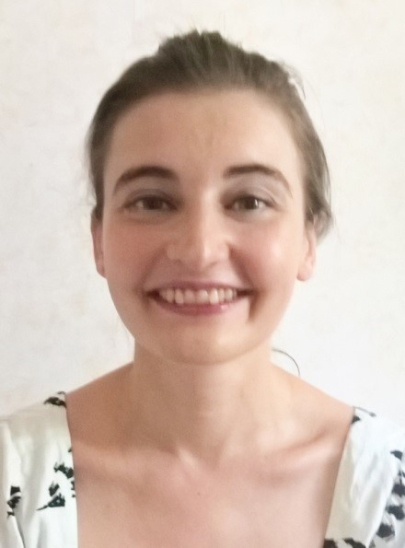Marta Radman-LivajaInstitut de génétique moléculaire de Montpellier (IGMM) - CNRS / Université de Montpellier
Mes recherches
I obtained my PhD in 2003 at Brown University (Providence, RI, USA) where I worked on the mechanisms of lambda phase site-specific recombination under the supervision of dr. Arthur Landy. For my postdoc I have joind the laboratory of dr. Oliver Rando first at Harvard University (Cambridge, MA, USA) and then at Umass Medi cal School (Worcester, MA, USA), where I worked on the role of chromatin in epigenetic inheritance in budding yeast. I started my team at the IGMM in 2013 with ATIP-Avenir funding, focusing on the role of chromatin in the epigenetic transmission of cellular phenotypes. I’ve obtained a CR1 permanent research position at the CNRS the same year and in 2014 I have secured two research grants (ERC-consolidator and ANR as coordinator) to study the mechanisms of chromatin structure “inheritance” and maintenance after genome replication and cell division. Since then, my group has developed NG Sequencing based methods to map the dynamics of chromatin features on newly replicated DNA- ChIP-NChAP (Nascent Chromatin Avidin Pulldown). We have shown that nucleosome positioning maturation in budding yeast depends on transcription after replication. We have also demonstrated that RNApol2 enrichment on replicated gene copies in budding yeast shifts from one chromatid and is independent of H3K4me3 and H3K36me3 density, indicating that these two “active” histone marks do not have a role in epigenetic inheritance of active gene expression states. We have also developed a live cell imaging system to follow the inheritance patterns of chromatin proteins after yeast asymmetric cell divisions and uncovered a number of proteins that are preferentially retained in the mother cell. These findings are now the basis for a mechanistic “’blueprint” of chromatin “inheritance” as we continue to explore the mechanisms of chromatin inheritance and its influence on the transmission of transcription states from one cell generation to the next.
Mon projet ATIP-Avenir
Mechanisms of Chromatin Inheritance
It is widely believed that chromatin states are epigenetically heritable during genomic replication, yet the mechanisms for chromatin state inheritance are still unknown. Earlier studies demonstrated that the bulk of maternal nucleosomes segregate equally to the two daughter chromatids. We have shown that maternal nucleosomes stay on average within 400bp of their original binding site, once they are reassembled on DNA after the replication fork has passed through. However, many more questions remain: including, how the spreading of maternal nucleosome following replication differs from locus to locus, or whether leading and lagging strand replication have different effects on nucleosome positioning and maternal nucleosome distribution. To address these issues, I plan to develop systems for directly measuring the movement of histones and chromatin regulators during genomic replication in S.cerevisiae to determine how chromatin states survive the perturbations associated with replication. Measuring these parameters will allow us to have a better grasp for the mechanics of nucleosome behavior during replication, which is crucial for understanding the role of chromatin in epigenetic inheritance.
Marta Radman-Livaja est également lauréate ERC Consolidator Grants 2014
